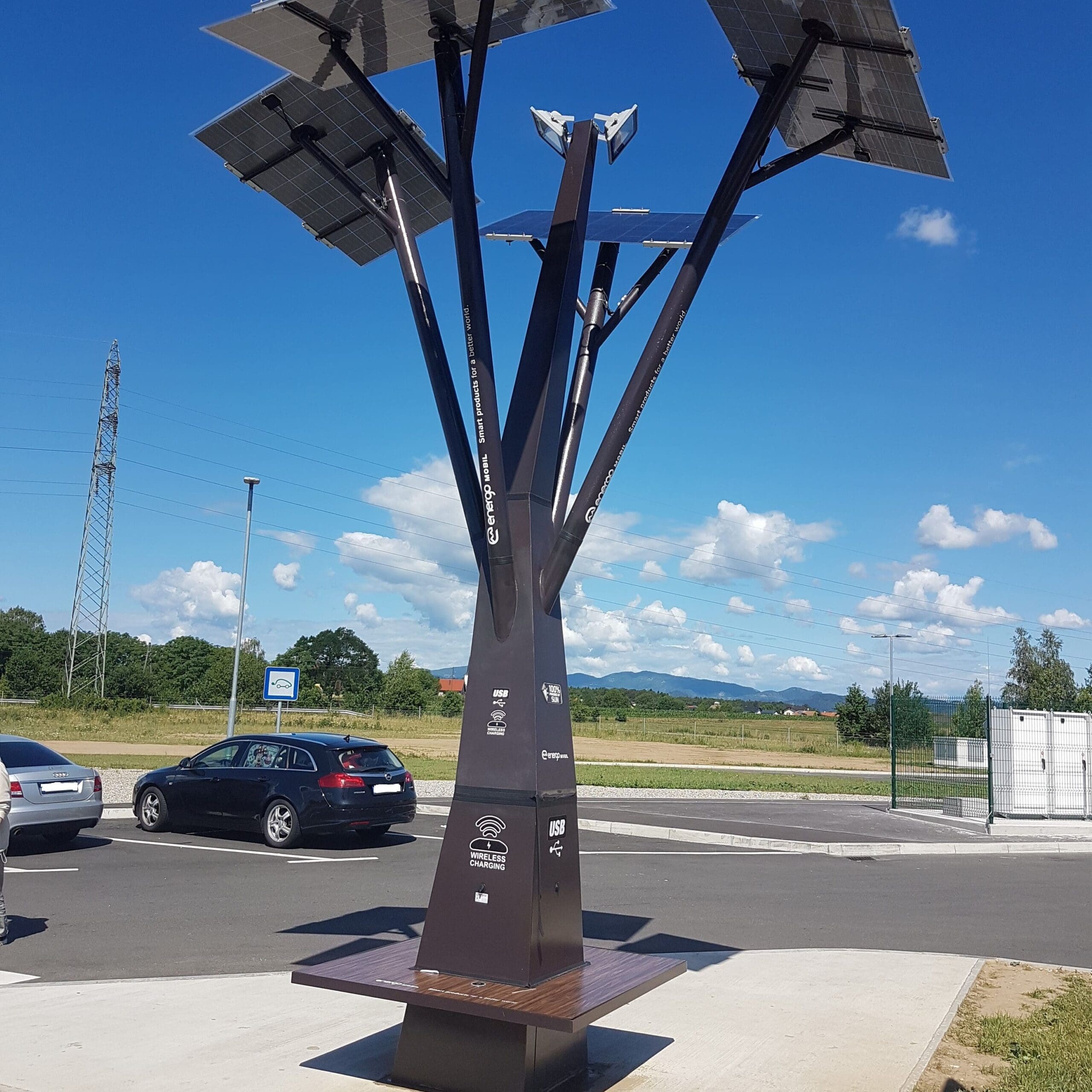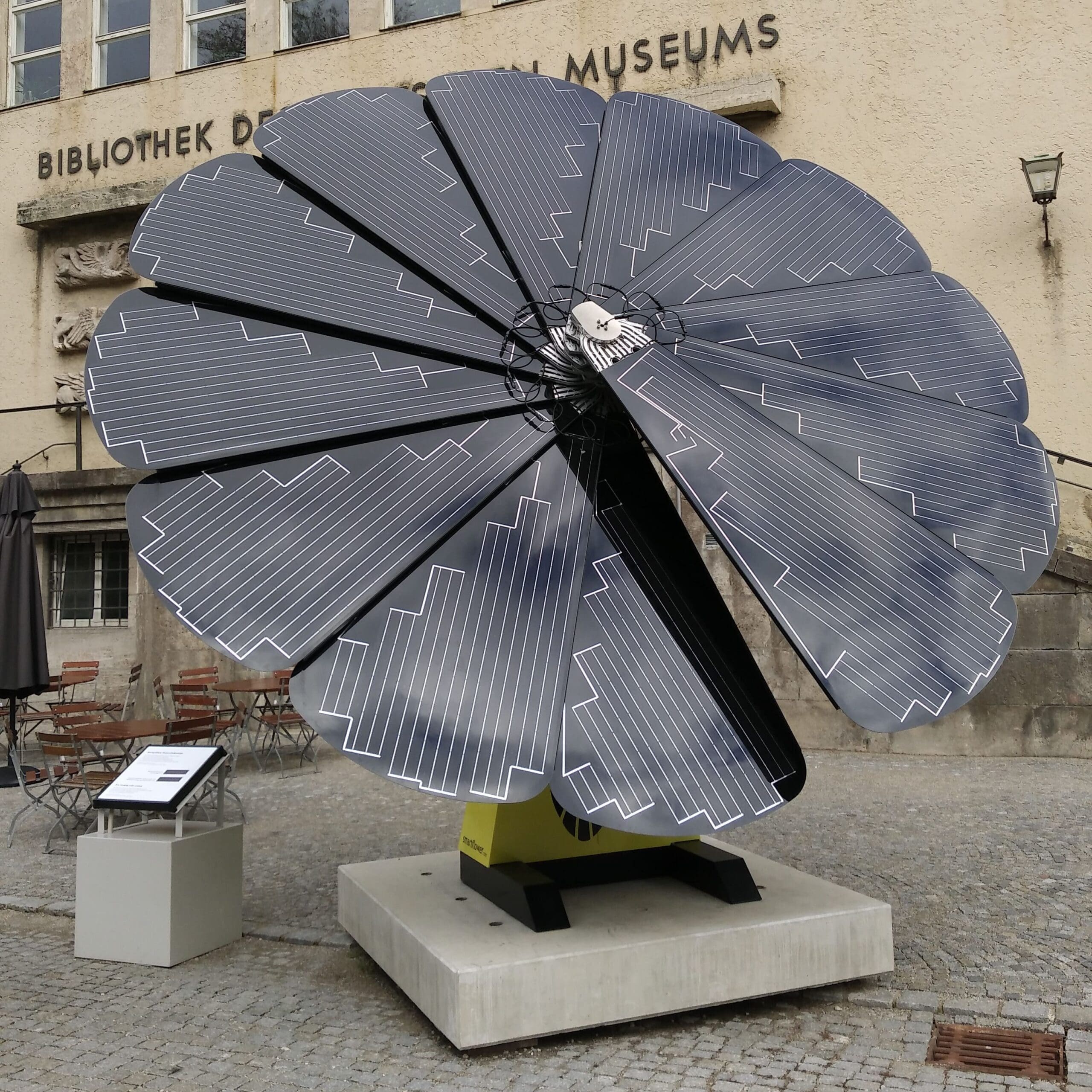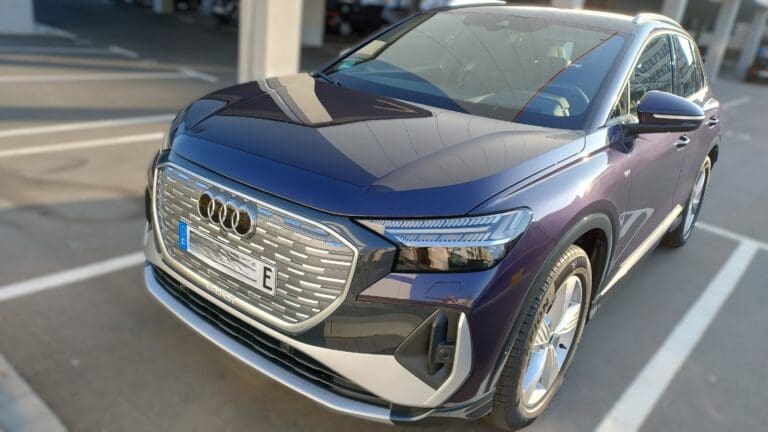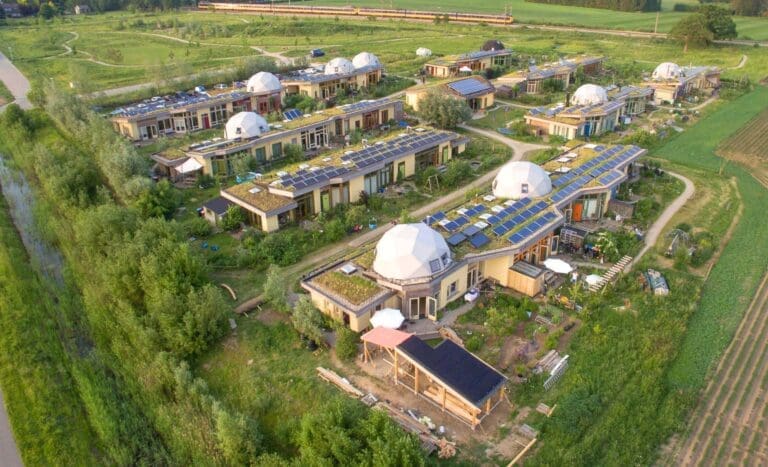Photovoltaic (PV) cells, or commonly called solar cells, have undergone remarkable advancements in recent years, driven by the relentless pursuit of higher efficiency, lower costs, and enhanced durability. These technological breakthroughs are paving the way for a more sustainable and equitable energy future.

Using the Sun’s Energy
PV cells convert sunlight directly into electricity, a process known as the photovoltaic effect. In these devices, sunlight is absorbed by semiconductors, typically silicon, which generate an electric current when electrons are excited by the absorbed photons. The efficiency of a PV cell is the percentage of the sunlight that is converted into electricity.
Conventional silicon PV cells have an efficiency of around 20%, meaning that they convert 20% of the sunlight they absorb into electricity.[1]
While cloud cover can significantly reduce the amount of sunlight reaching PV cells, they can still generate electricity on overcast days, albeit at a lower rate. The efficiency of PV cells on an overcast day typically ranges from 10% to 25% compared to a sunny day[2], which is still a significant contribution to the overall energy supply. This is because even diffused sunlight still contains photons that can be absorbed by PV cells and generate electricity.
Additionally, newer technologies, such as perovskite solar cells, are showing promise for improved performance in low-light conditions. Perovskite solar cells can achieve efficiencies of up to 24%[3], even in cloudy weather, making them a promising alternative to conventional silicon PV cells.

Beyond Silicon: Novel Materials
Silicon, while abundant and inexpensive, has its limitations in terms of efficiency and stability. This has led researchers to explore alternative materials, such as the already mentioned perovskites and organic semiconductors.
Organic semiconductors are another promising material for PV cells, being lightweight, flexible, and printable onto various substrates. However, their efficiencies are currently lower than those of silicon and perovskite cells.

Enhancing Efficiency and Durability
In addition to material advancements, researchers are also exploring various techniques to enhance the efficiency and durability of PV cells. These include:
- Passivating layers: These layers are deposited on the surface of the PV cell to reduce the recombination of charge carriers, which is the main loss mechanism in solar cells
- Antireflective coatings: These coatings reduce the reflection of sunlight off the surface of the cell, allowing more light to be absorbed
- High-efficiency tandem cells: These cells consist of multiple layers of different materials, each optimized for a specific wavelength of light
- Increased surface area: This can be achieved through various techniques, such as using textured surfaces or incorporating nanoparticles into the cell

Impact of PV Technology
The development of high-efficiency, low-cost, and durable PV cells is having a profound impact on the global energy landscape. Solar power is now a cost-competitive source of electricity in many parts of the world, and its deployment is rapidly expanding. PV cells are powering homes, businesses, and even entire cities, helping to reduce our reliance on fossil fuels and mitigating climate change.
As PV technology continues to advance, its potential to transform our energy systems is limitless. With further research and development, solar power could play an even greater role in powering our world, providing clean, sustainable energy for generations to come.
Photovoltaic cells have revolutionized the way we harness solar energy, offering a clean, sustainable, and abundant source of power. The ongoing advancements in PV technology are paving the way for a future where solar power is the backbone of our energy systems. As we continue to explore new materials and techniques, we can expect even more efficient, durable, and affordable PV cells, further accelerating the transition to a renewable energy future.
Sources:[1] https://www.energy.gov/eere/solar/articles/pv-cells-101-primer-solar-photovoltaic-cell[2] https://us.sunpower.com/solar-resources/do-solar-panels-work-on-cloudy-days[3] https://www.energy.gov/eere/solar/articles/pv-cells-101-part-2-solar-photovoltaic-cell-research-directions








